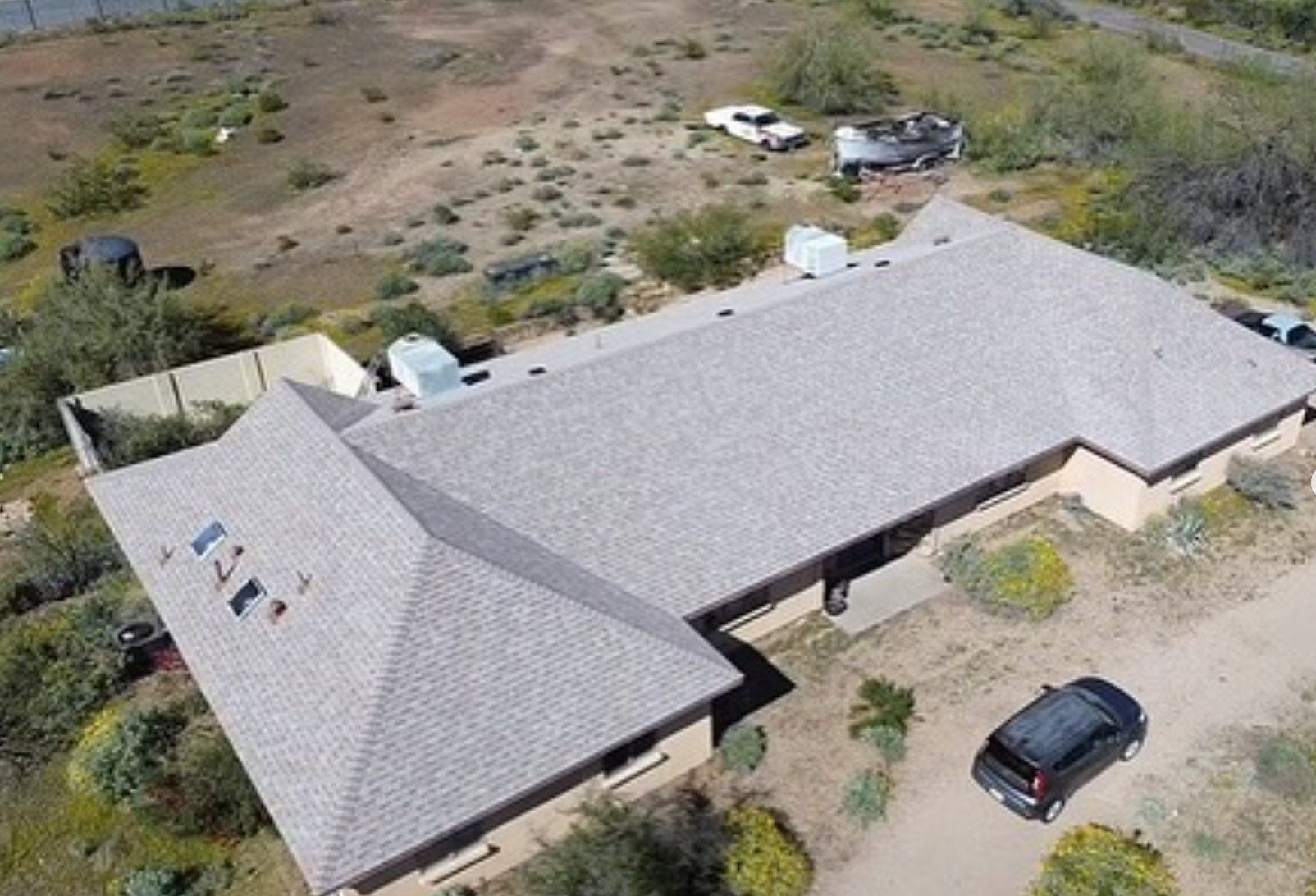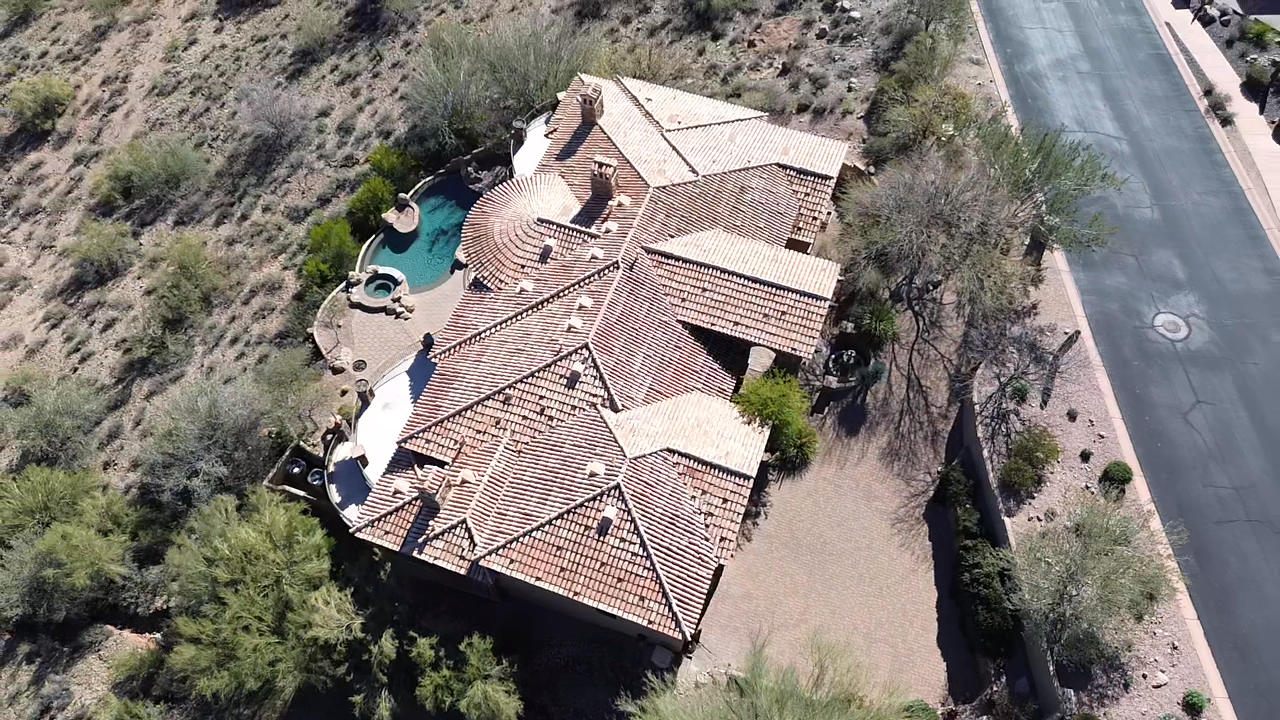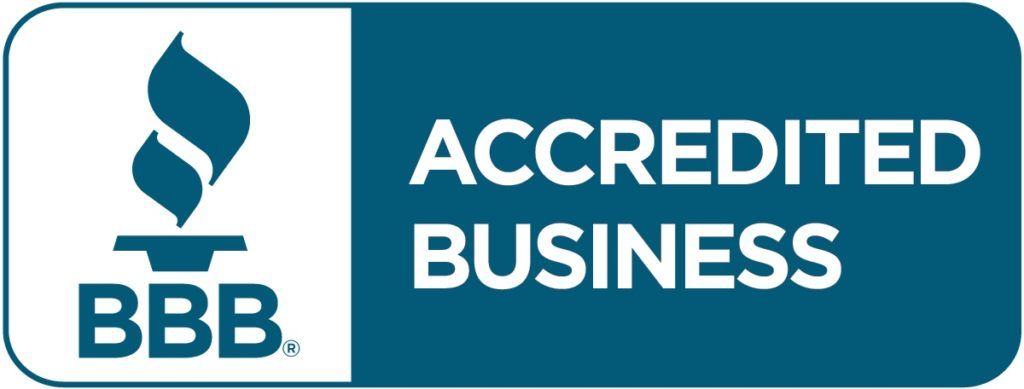Comprehensive Guide to Roofing Installation: Everything You Need to Know
Roofing installation is a significant investment for homeowners, especially in Scottsdale, Arizona, and nearby cities. It's not just about placing shingles on your roof; it's a complex process that requires careful planning, quality materials, and professional expertise. In this detailed guide, we will cover every aspect of roofing installation to help you make informed decisions and ensure your roof stands the test of time.
1. Understanding the Importance of a Quality Roof
A quality roof protects your home from the elements, enhances its curb appeal, and improves energy efficiency. In Scottsdale, where temperatures can soar and monsoon rains are common, having a durable and well-installed roof is crucial.
2. Types of Roofing Materials
Selecting the right roofing material is the first step in the installation process. Each material has its pros and cons, and the choice will depend on your budget, aesthetic preferences, and the specific needs of your home.
Asphalt Shingles
- Pros: Affordable, easy to install, and available in various colors.
- Cons: Shorter lifespan compared to other materials, less eco-friendly.
Tile Roofing
- Pros: Long-lasting, fire-resistant, and energy-efficient.
- Cons: Expensive, heavy (requires a reinforced roof structure), and more complex installation.
Metal Roofing
- Pros: Durable, lightweight, and energy-efficient.
- Cons: Higher initial cost, can be noisy during rain or hail.
Slate Roofing
- Pros: Extremely durable, natural appearance, and low maintenance.
- Cons: Very expensive, heavy, and requires specialized installation.
Wood Shingles and Shakes
- Pros: Natural appearance, eco-friendly, and good insulation properties.
- Cons: Prone to fire (unless treated), can rot or split over time, high maintenance.
3. Preparing for Roofing Installation
Proper preparation is key to a successful roofing installation. Here are the essential steps:
Inspection and Assessment
- Roof Inspection: Hire a professional to inspect your existing roof for damage, leaks, and structural issues.
- Assessment: Determine the extent of repairs needed and whether a complete replacement is necessary.
Budgeting and Planning
- Estimate Costs: Get quotes from multiple roofing contractors to understand the cost range.
- Plan for Unexpected Expenses: Set aside a contingency fund for any unforeseen issues that may arise during installation.
4. Choosing the Right Roofing Contractor
Selecting a reliable and experienced roofing contractor is crucial. Here are some tips:
Research and Referrals
- Online Reviews: Check reviews on platforms like Yelp, Google, and the Better Business Bureau.
- Referrals: Ask friends, family, and neighbors for recommendations.
Verification and Licensing
- Licenses and Insurance: Ensure the contractor is licensed and insured in Arizona.
- Certifications: Look for certifications from roofing material manufacturers, which indicate specialized training.
Contract and Warranty
- Detailed Contract: Make sure the contract includes project scope, timeline, payment terms, and warranty information.
- Warranty: Understand the warranty offered on both materials and workmanship.
5. The Roofing Installation Process
A successful roofing installation involves several key steps. Here’s a detailed breakdown:
1. Removing the Old Roof
- Tear-Off Process: The old roofing material is removed down to the deck. This step is crucial to identify any underlying damage.
- Disposal: Proper disposal of old materials, usually done by the contractor.
2. Roof Deck Preparation
- Inspection: Check for any damaged or rotten areas on the deck.
- Repair or Replace: Fix any issues found during the inspection.
3. Installing Underlayment
- Ice and Water Shield: In areas prone to ice dams or heavy rain, an ice and water shield is installed.
- Roofing Felt: A layer of roofing felt is placed over the entire deck to provide an additional barrier against moisture.
4. Flashing Installation
- Purpose: Flashing prevents water from seeping into joints and valleys.
- Materials: Typically made of metal (aluminum or galvanized steel), flashing is installed around chimneys, vents, and skylights.
5. Drip Edge Installation
- Purpose: A drip edge directs water away from the fascia and prevents rot.
- Installation: Placed along the roof's edges before the underlayment and shingles.
6. Shingle Installation
- Starter Shingles: Installed at the eaves to provide extra protection.
- Main Shingles: Laid in overlapping rows, starting from the bottom and working upwards.
- Nailing: Proper nailing techniques are crucial to ensure shingles stay in place.
7. Ridge Vent and Ridge Cap Installation
- Ventilation: Ridge vents allow hot air to escape from the attic, preventing heat buildup.
- Ridge Cap: Installed over the ridge vent for added protection and aesthetic appeal.
6. Post-Installation Steps
Cleanup and Inspection
- Debris Removal: Ensure all debris, nails, and old materials are cleaned up from your property.
- Final Inspection: The contractor should conduct a final inspection to ensure everything is installed correctly and address any issues.
Warranty and Maintenance
- Warranty Documentation: Keep all warranty documents safe for future reference.
- Regular Maintenance: Schedule regular inspections and maintenance to extend the life of your roof.
7. Roofing Installation Tips for Scottsdale Homeowners
Dealing with Extreme Heat
- Material Choice: Opt for materials like tile or metal that can withstand high temperatures.
- Ventilation: Ensure proper attic ventilation to reduce heat buildup.
Monsoon Season Preparation
- Waterproofing: Consider additional waterproofing measures, such as an ice and water shield.
- Gutter Maintenance: Keep gutters clean and free of debris to prevent water damage.
8. Common Roofing Installation Mistakes to Avoid
Poor Quality Materials
- Low-Cost Materials: Avoid choosing the cheapest materials, as they may not provide adequate protection.
- Certified Products: Use materials certified by reputable manufacturers.
Inadequate Ventilation
- Ventilation Importance: Poor ventilation can lead to heat buildup and moisture issues.
- Proper Venting: Ensure your contractor installs adequate ridge vents, soffit vents, and other ventilation systems.
Incorrect Nailing
- Nail Placement: Improper nailing can cause shingles to come loose.
- Nailing Patterns: Follow manufacturer recommendations for nailing patterns and techniques.
9. The Benefits of Professional Roofing Installation
Expertise and Experience
- Skilled Labor: Professional contractors have the skills and experience to handle complex roofing projects.
- Problem-Solving: They can quickly identify and resolve issues that may arise during installation.
Quality Assurance
- Guaranteed Work: Professionals offer warranties on their workmanship.
- Peace of Mind: Knowing that your roof is installed correctly and will last for years.
10. Conclusion
Roofing installation is a significant project that requires careful planning, quality materials, and professional expertise. By understanding the process and choosing the right contractor, you can ensure your new roof will protect your home and enhance its value for years to come. Whether you are in Scottsdale, Arizona, or nearby cities, ARC Roofing is here to provide top-notch roofing installation services tailored to your needs.
CONTACT US
602 877 7663
15207 N 75th St Ste 101,
Scottsdale, AZ 85260




